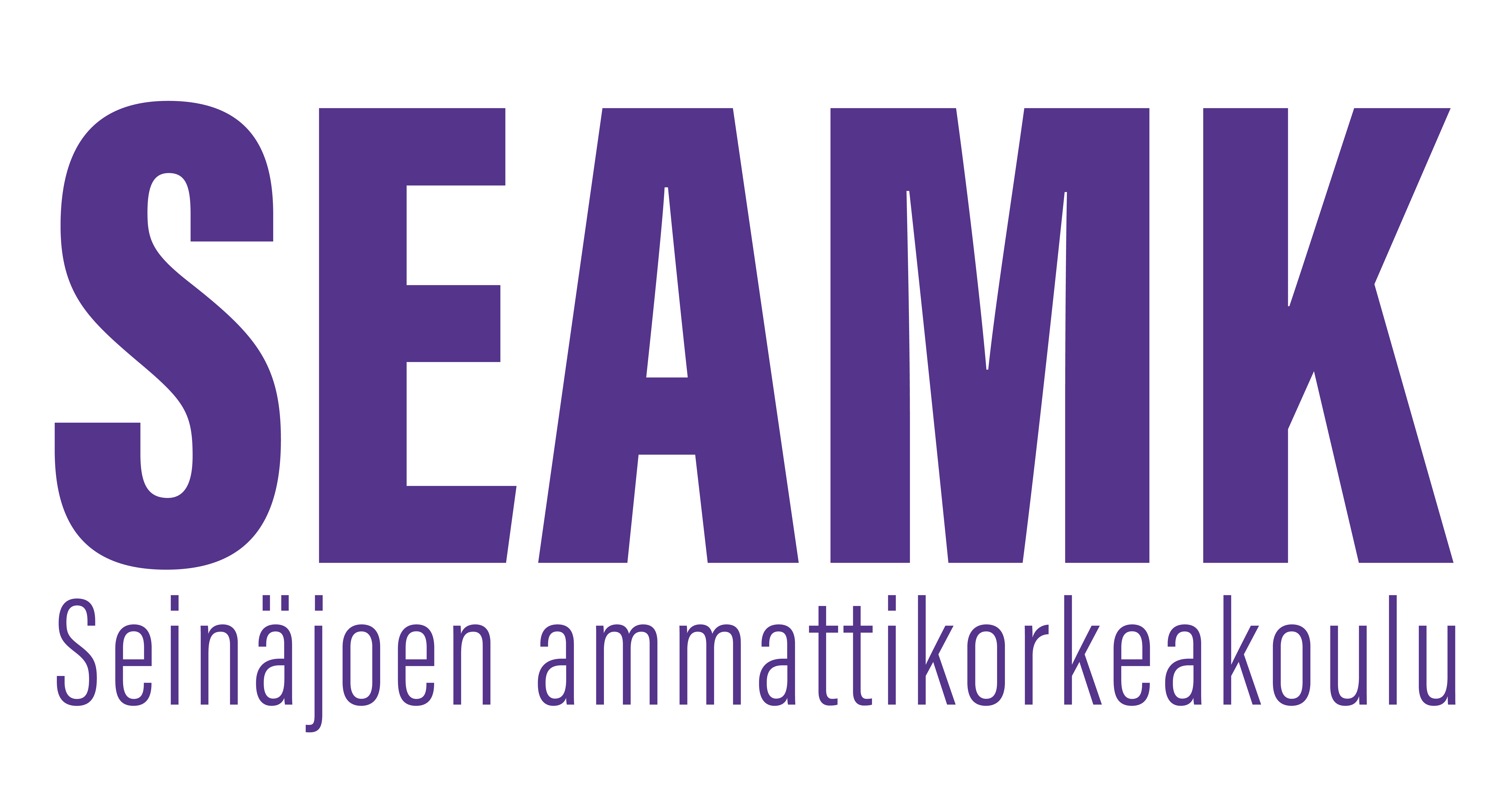Mekaniikka (3op)
Opintojakson tunnus: 8B00DT59
Opintojakson perustiedot
- Laajuus
- 3 op
- Opetuskieli
- suomi
Osaamistavoitteet
Opiskelija tuntee SI-järjestelmän mekaniikan perus- ja johdannaisyksiköt etuliitteineen sekä yksikkömuunnokset. Opiskelija ymmärtää mekaniikan ongelmien fysikaaliset periaatteet ja osaa valita sekä soveltaa käyttötarkoitukseen sopivaa mallinnusmenetelmää.
Sisältö
Mekaniikan suureet, yksiköt ja SI-järjestelmä, fysikaalinen mallinnus, kinematiikka, dynamiikka, energiaperiaate ja statiikka.
Esitietovaatimukset
Ei esitietovaatimuksia
Arviointikriteerit, tyydyttävä (1)
Opiskelijan mekaniikkaan liittyviä käsitteiden käyttö on suppeaa ja epätarkkaa. Opiskelija on perehtynyt mekaniikan tietoperustaan siten, että osaa selittää mekaniikkaan liittyviä ilmiöitä ja löytää asian vaatiman tietoperustan opiskeltavaan asiaan. Opiskelija toimii yksittäisissä tilanteissa tehtävänannon mukaisesti ja työskentelee opintojaksolla sovitun mukaisesti. Opiskelija tunnistaa aikataulussa pysymisen merkityksen. Opiskelija tiedostaa ryhmässä toimiessaan oman vastuunsa ryhmän toiminnasta
Arviointikriteerit, hyvä (3)
Opiskelijan mekaniikan käsitteiden käyttö on pääosin johdonmukaista. Opiskelija on perehtynyt mekaniikan tietoperustaan siten, että kykenee hyödyntämään alaan liittyvää tietoa ja ratkaisee perusongelmia. Yksin tai ryhmässä toimiessaan opiskelija muotoilee toimintansa tavoitteet, pysyy aikataulussa, toimii vastuullisesti ja perustelee omaa toimintaansa
Arviointikriteerit, kiitettävä (5)
Opiskelijan mekaniikkaan liittyviä käsitteiden käyttö on asiantuntevaa ja johdonmukaista. Opiskelija on perehtynyt substanssin tietoperustaan sekä kykenee soveltamaan mekaniikan käsitteitä ja hankkimaansa tietoa perustellusti vaihtuvissa tilanteissa. Opiskelija arvioi erilaisia mekaniikan aihealueeseen liittyviä tietolähteitä siten, että tietolähteiden käyttö osoittaa kykyä lähdekritiikkiin. Opiskelija suunnittelee toimintaansa tavoitteellisesti ja pysyy aikataulussa niin yksin kuin ryhmässä toimiessaan. Opiskelija osoittaa kykyä soveltaa oppimaansa eri tilanneyhteyksiin ja toimintaympäristöihin. Opiskelija ratkaisee vaikeampiakin mekaniikkaan liittyviä ongelmatilanteita.
